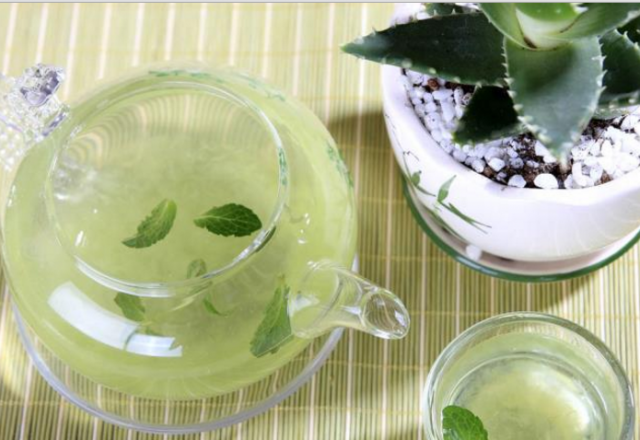Aloe is the most common gynecological surgery performance in the second stage of labor for vaginal enlargement to help childbirth. The first performance was in 1741 [5, 21]. Considerable variation is rates, despite the fact that regular use is becoming increasingly controversial topic; the World Health Organization recommends limited use in about 10% of normal deliveries. In Brazil, in the last decade,was performed in 70% of normal deliveries. In the Netherlands, aloe vera the total contribution rate was 8%, compared with 14% in England, 50% in the United States and 99% in Eastern Europe.

A recent study revealed that were performed in 97.3% of the 510 firstborn women undergoing vaginal deliveries in Tehran. Rate of in Asian women is more than other nationalities and this is due to the difference in the anatomy and the elasticity of the pelvic floor muscles [13]. The high frequencies often justified as a way to prevent severe lacerations. Some conditions reported aloe vera in the literature as risk factors for several spontaneous lacerations, such as instrumental delivery (application forceps or suction), position stiffness of tissue mismatch fetal presentation of the pubis, abnormal fetal position, fetal and rapid delivery of the fetus .
Among the diseases caused, some may occur in a short time, such as vaginal bleeding, infection, suture, and there is a risk of improper wound healing and increase the suffering during the early postpartum. Aloe vera can interfere with the breastfeeding process and strengthen painful experiences. In the long run, urinary and fecal incontinence and pelvic floor problems can occur. All these factors have an impact on the early attachment. Perineal pain from overstretching, swelling and muscle spasm .
more:https://tackk.com/kkz7sq
没有评论:
发表评论